What Is the World’s Slowest Dog Breed?
Dogs come in all shapes, sizes, and speeds. For every Greyhound built to chase, there’s a breed happier to sniff, stroll, and stop often along the way. Slower-moving dogs might not make ideal jogging buddies, but they shine in loyalty and companionship. They’re proof that taking it slow can be just as rewarding as racing ahead.
Basset Hound (~5 mph)
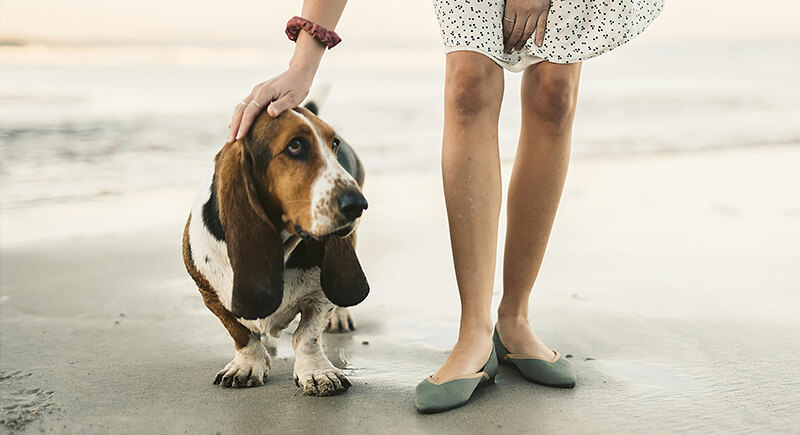
Credit: pexels
The Basset Hound doesn’t need speed to impress. Its nose contains over 220 million scent receptors, which makes it one of the best trackers in the animal kingdom. Their short legs, however, keep their top pace around 5 mph. Instead of sprinting, they glide low to the ground, ears brushing the earth as they follow a trail.
Bulldog (~5 mph)
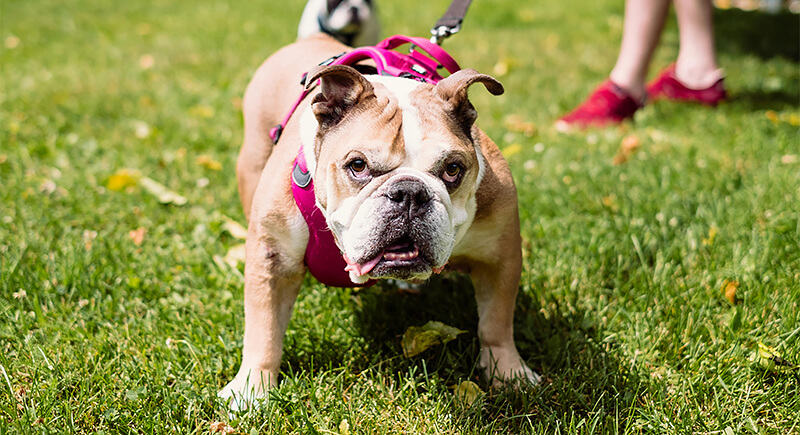
Credit: pexels
The Bulldog’s heavy body and flat face make running a dangerous idea. In fact, veterinarians recommend no more than short walks for this breed, as overheating is a real risk. Unlike their bull-baiting ancestors, today’s Bulldogs prefer lounging in air-conditioned comfort. They can be stubborn but are usually calm and gentle.
Chihuahua (~5-10 mph)
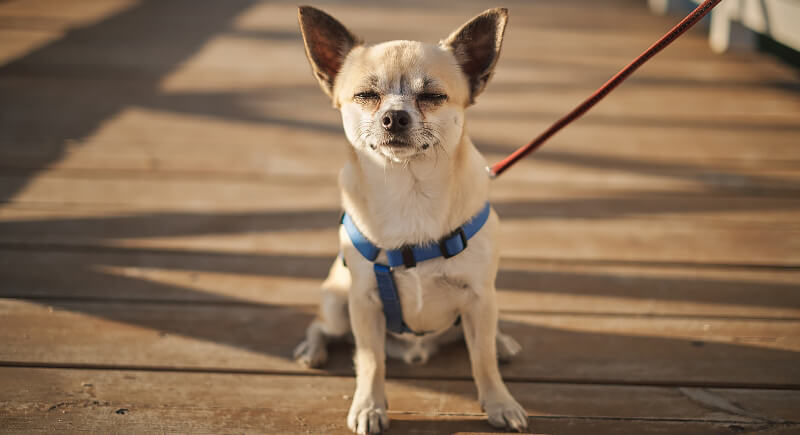
Credit: Canva
What a Chihuahua lacks in size, it makes up for in spirit. Topping out at 5–10 mph, this breed simply can’t keep up with larger dogs because of its tiny legs. They often believe they’re racing, but their miniature stride keeps them far behind. Despite their slowness, they are brave, opinionated, and famously devoted.
Shih Tzu (~6 mph)
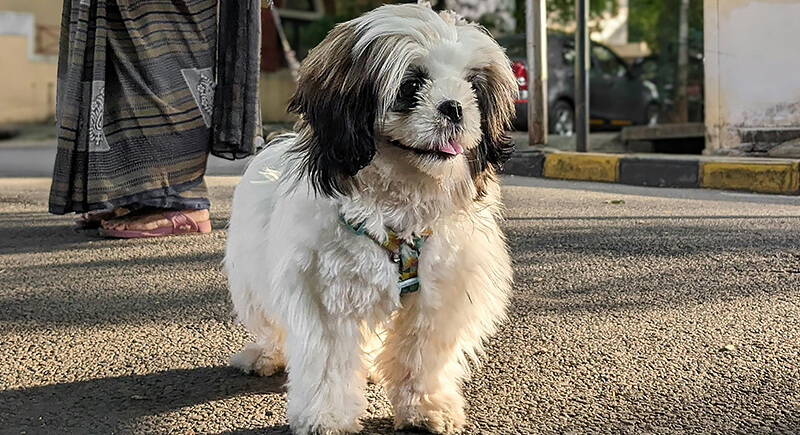
Credit: pexels
Unlike working breeds, the Shih Tzu’s role was always clear: sit on the laps of Chinese emperors. With no hunting or guarding duties to worry about, they developed into slow companions, rarely exceeding 6 mph. They still carry themselves with regal poise and love being pampered.
Pug (~6 mph)
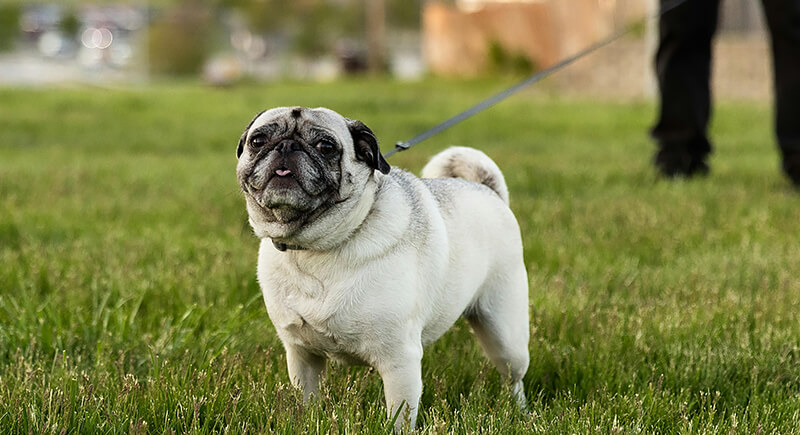
Credit: pexels
The Pug is a brachycephalic breed whose body shape limits athletic ability. Running too much can strain their breathing, so they thrive on short bursts of play and relaxed strolls. Their expressive faces and clownish antics more than compensate for their lack of speed.
Chow Chow (~8 mph)
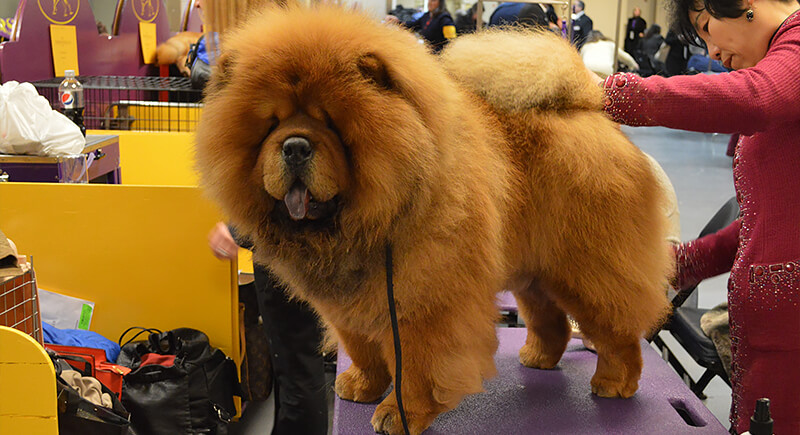
Credit: Wikimedia Commons
The Chow Chow looks like a small lion, but don’t expect much in speed. They have a stiff, straight-legged gait and prefer short, steady walks over long adventures. Their independence can come across as stubbornness, and training requires patience. While they are not overly social, Chow Chows are loyal to their families and protective of their homes.
Sussex Spaniel (~8 mph)
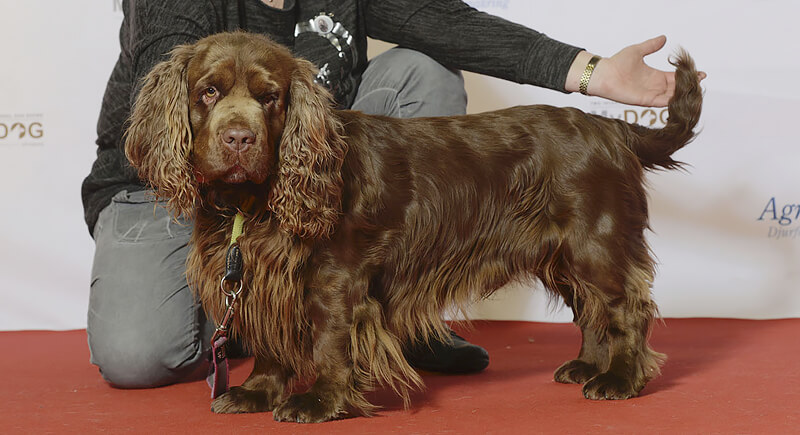
Credit: Wikimedia Commons
The Sussex Spaniel has never been known for agility. Unlike faster spaniels, they were bred to work slowly in dense brush while flushing game steadily. Their endurance makes them ideal for long but unhurried outings.
Dachshund (~10 mph)
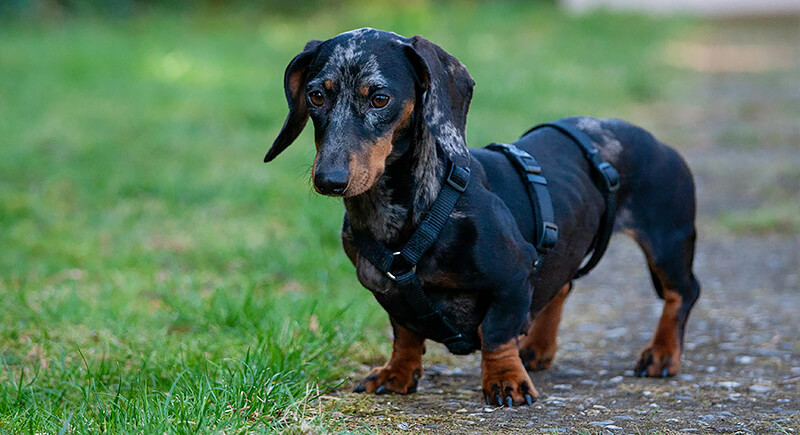
Credit: pexels
Nicknamed the “Weenie Dog,” the Dachshund was built for burrowing into tunnels rather than chasing prey across open ground. Their long spine and short legs mean speed is never an option. They are, however, fearless hunters of scent trails, sometimes digging with incredible persistence. Because running and stairs can strain their backs, slow walks are safest.
St. Bernard (~10 mph)
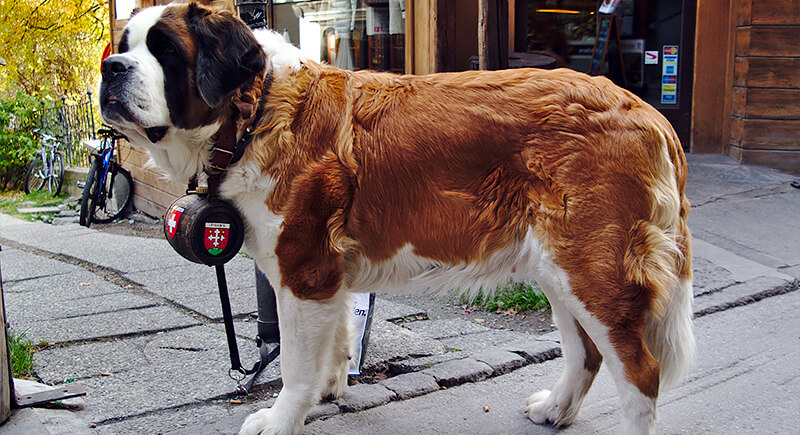
Credit: Wikimedia Commons
Weighing as much as 180 pounds, the St. Bernard was bred to rescue stranded travelers in the Swiss Alps. Speed wasn’t required, but rather endurance in snow and cold was. Their bulk makes them lumbering walkers, though they can power through rugged terrain with surprising steadiness. While their size makes them imposing, St. Bernards are famously gentle giants.
Newfoundland (~10 mph)
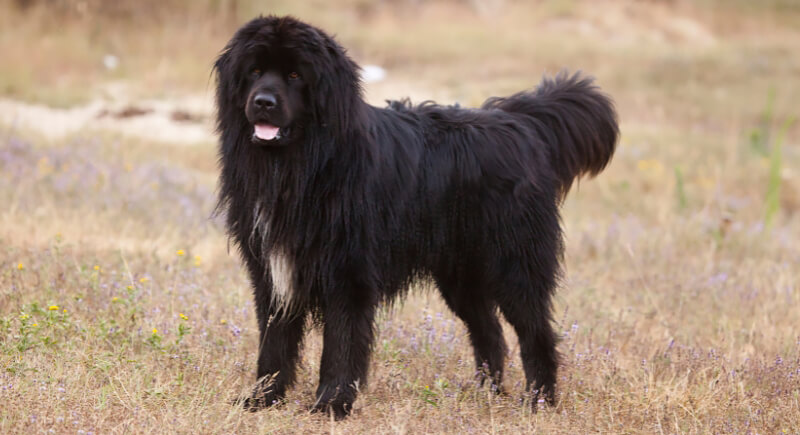
Credit: Getty Images
The Newfoundland is better known as a lifesaver than a runner. They were built for swimming in icy waters, and their thick coat and webbed feet serve them well in rescue work. They also weigh up to 150 pounds, so they move carefully to protect their joints. While they may lumber on walks, in water, they show strength and grace.